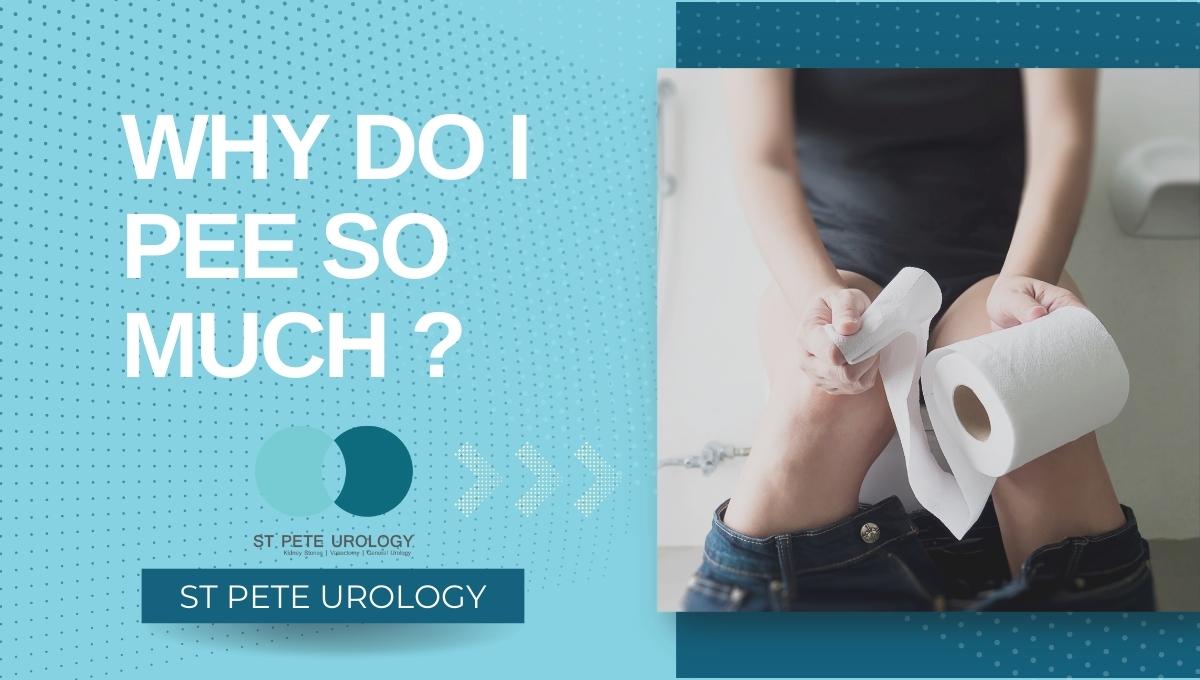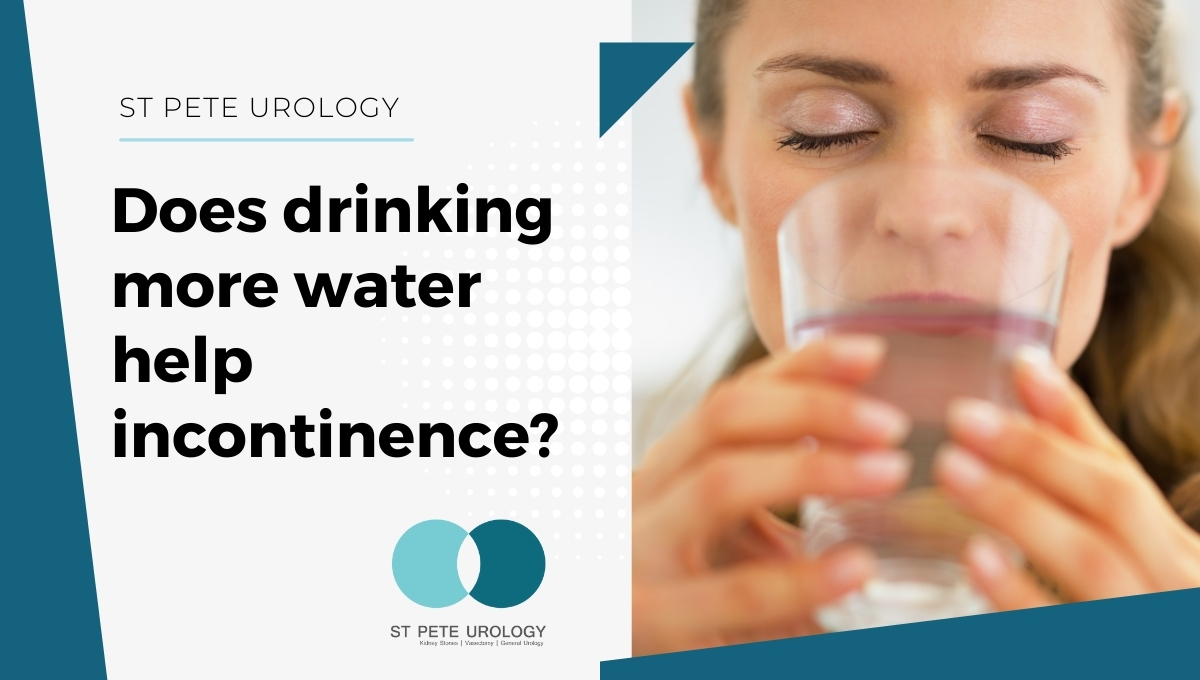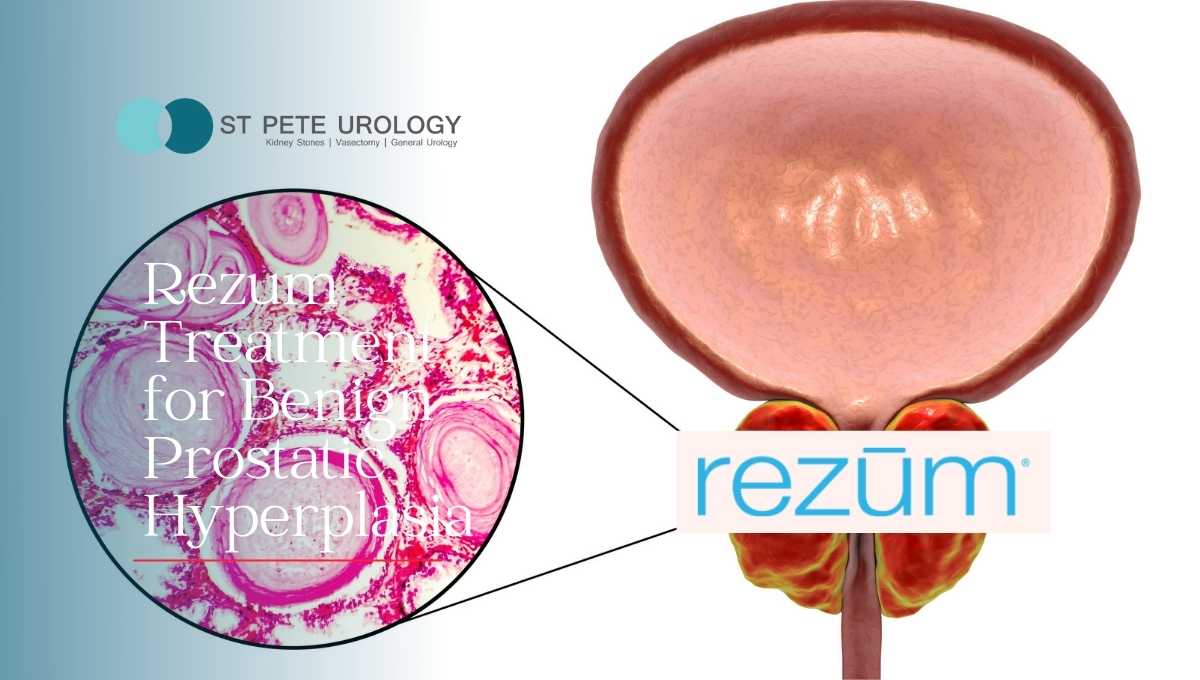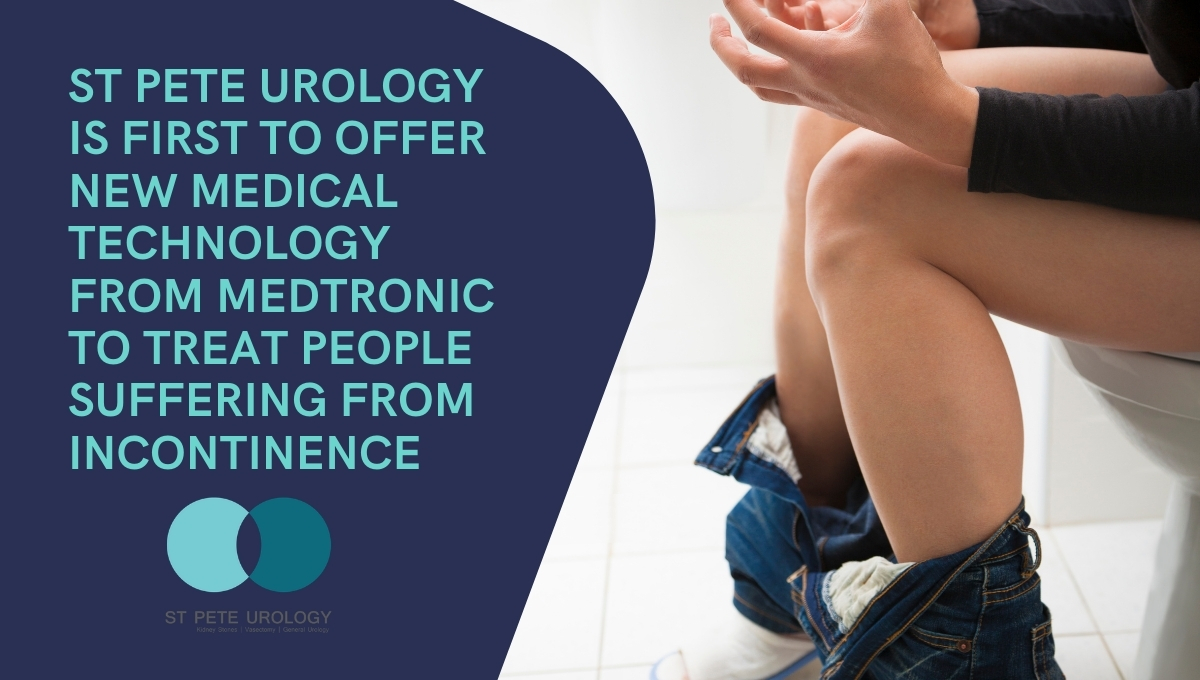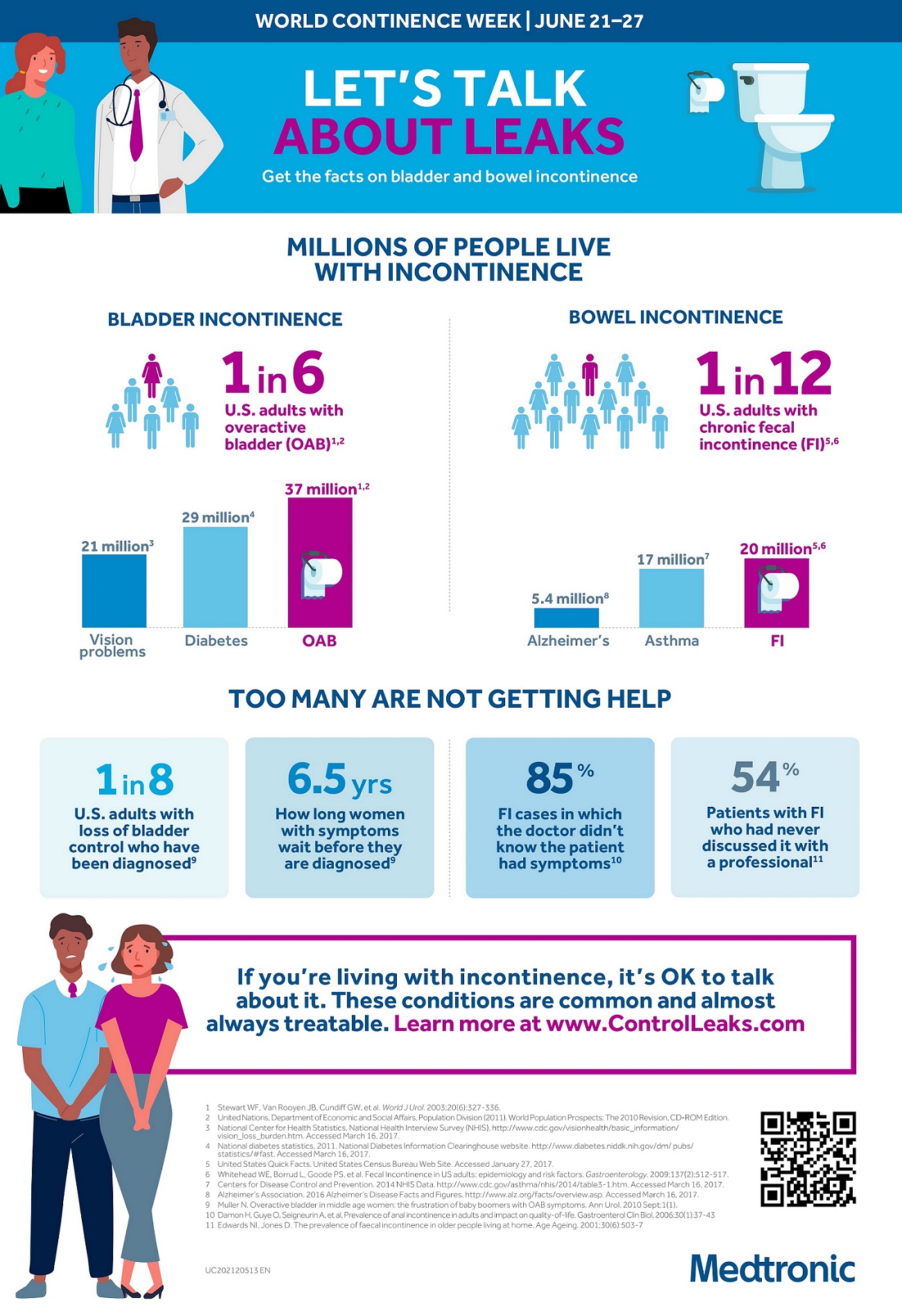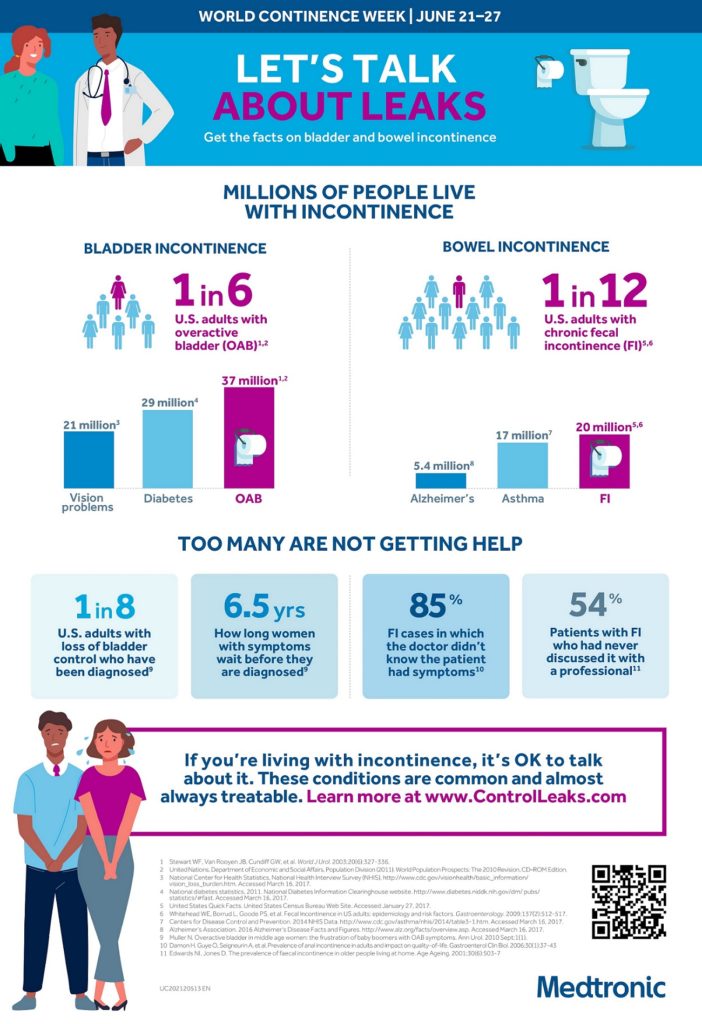Key takeaways
- Prostate cancer occurs when prostate cells grow and multiply uncontrollably, and can be malignant and life-threatening if it spreads to other parts of the body.
- Early-stage prostate cancer does not have any unique signs or symptoms and is difficult to detect, making regular screening and testing important for early detection.
- Common screening tests for prostate cancer include the PSA test and the DRE, and men who are 55-69 years old, African-American, or have a family history of prostate cancer should consider getting screened.


What is prostate cancer?
Prostate cancer occurs in the prostate when prostate cells grow and multiply non-stop. The growth of the prostate can either be benign or malignant. Benign growth of the prostate, also called benign prostatic hyperplasia, is rarely a threat to life as it doesn’t invade tissues around your prostate, doesn’t spread, and can be removed or shrink back.
On the other hand, prostate cancer is a malignant growth that can spread to nearby organs like the bladder or rectum and is, therefore, a threat to life. This cancer can spread to other parts of your body and may grow back after removal.
When prostate cancer cells break away from the prostate, they can spread through lymph nodes or blood vessels to other parts of your body.
Upon spreading, the cancer cells attach to other tissues and grow to form new tumors that cause damage in the areas where they land.
Prostate cancer is one of the most common types of cancer.
Although most cases of prostate cancers grow slowly and are restricted to the prostate gland, where they tend to cause little harm, some types of cancer are aggressive, spread quickly, and are life-threatening.
What are the key signs of prostate cancer?
Early-stage prostate cancer doesn’t have any unique signs or symptoms. It starts in the outer areas of the prostate and grows slowly. These areas are away from the urethra, so the growing tissue mass does not press against the tube and affects your urination.
There are no early urinary signs of prostate cancer. When symptoms occur, they are usually related to the non-cancerous condition called enlarged prostate or another health condition.
Nevertheless, as the tumor grows and spreads, it begins to affect the organs around the prostate. So with time, it will eventually show signs as it breaks out of the gland (locally advanced prostate cancer) or spreads to other areas of the body (advanced prostate cancer).
Unfortunately, even late-stage prostate cancer shares signs with other urological disorders, making it difficult to tell whether it is due to cancer or other conditions, such as prostatitis or benign prostate enlargement (BPH).
That is why the key to establishing if you have prostate cancer is seeing a urologist, who will order tests to help find out what is causing the symptoms.
When they occur, the symptoms of prostate cancer include:
- Dull pain in the lower pelvic area
- Trouble starting to urinate or to empty your bladder
- Interrupted or weak urine flow
- Dribbling of urine after urinating or a feeling that the bladder hasn’t emptied properly
- Frequent urination, particularly at night
- Pain or burning sensation when urinating
- Difficulty having an erection, painful ejaculation, or decrease in the amount of ejaculate
- Blood in urine or semen
- Pain or pressure in the rectum
- Persistent pain in the back, hip, or pelvis
- Unexplained weight loss
- Bone pain
- Loss of appetite
Diagnosis of prostate cancer
Prostate cancer is highly treatable when detected early. But for the condition to be discovered early, frequent screening is necessary.
Screening means you undergo testing even though you have no symptoms. The prostate-specific antigen (PSA) test and the digital rectal examination (DRE) are the most commonly used screening tests. Both help detect cancer early, although they aren’t perfect tests.
Speak with your urologist about whether or not you should undergo screening. Your doctor will assess your degree of risk and decide whether you should have the PSA test and the DRE. Generally, you should be screened if you are 55-69 years or older, African-American male, or have a family history of prostate cancer.
If the screening tests show that you might have cancer, your doctor will recommend a biopsy for confirmation. The decision to have a biopsy is based on the PSA and DRE results. Your doctor will also consider family history, ethnicity, and other health factors.
At St Pete Urology, we offer screening, diagnosis, and treatment of prostate cancer. Through our patient-centered, compassionate approach to care, we have ensured that most of our at-higher-risk clients are enrolled in screening.
We have employed a collaborative, multidisciplinary approach that ensures all our patients get the best possible care.
Call us today for more information on prostate cancer and other urology disorders.
References
- “Prostate Cancer.” Cancer Council Australia, cancer.org.au/cancer-information/types-of-cancer/prostate-cancer
- “Prostate Cancer Symptoms.” Cancer Center, www.cancercenter.com/cancer-types/prostate-cancer/symptoms
- “Prostate cancer testing.” Better Health Channel, Department of Health & Human Services, Victoria, Australia, www.betterhealth.vic.gov.au/health/conditionsandtreatments/prostate-cancer-testing


